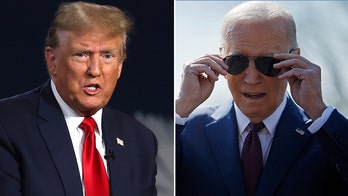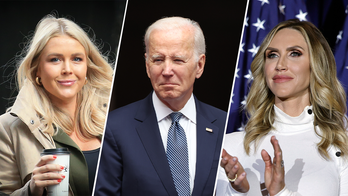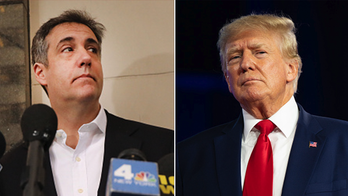Kurtz: No more White House press briefings?
'MediaBuzz' host Howard Kurtz weighs in reports that the Trump administration may allegedly do away with daily press briefings
They have been a ritual form of combat, an exercise in pulling teeth and a staple of cable news for two decades.
Now the Trump team says it may dramatically change the daily White House press briefings.
And while there are arguments on both sides, there is one benefit to the briefings that Donald Trump and his lieutenants may not realize.
I saw this first hand when I was writing “Spin Cycle,” my book on the media and the Clinton White House. I figured it out by shadowing Mike McCurry, the press secretary who decided to put the full briefings on camera, much to his eventual regret.
In the prep sessions that precede the daily briefing—and the process has been similar with Josh Earnest, and before him Jay Carney, Robert Gibbs, Dana Perino, Tony Snow, Scott McClellan, Ari Fleischer and the rest—the spokesman has to anticipate the media’s questions and devise answers in a loose-leaf binder. And in that process, which includes consultations with Cabinet agencies, the administration has to forge and clarify its policies.
In other words, the discipline of doing a daily briefing forces the government to decide what it thinks.
Now Trump may decide on government by Twitter or some other method. Every president tries to circumvent the media to some degree. Barack Obama has often done podcasts, late-night shows, ESPN, Facebook and other easy forums as an alternative to the big newspapers and networks.
But the daily briefing is the one chance that White House reporters get to press a top administration spokesman about the days’ developments, controversies, scandals and policy debates. And it’s a godsend for regional reporters or trade reporters who don’t have much access and want to ask about specialized issues or local concerns.
From the administration’s point of view, it’s an opportunity to drive a message and take on critics. And the press secretary’s job is to take plenty of flak that would otherwise hit his or her boss.
There's a long history here. Woodrow Wilson held the first presidential news conference. But through Harry Truman, these were mostly off-the-record affairs and a president could ask the assembled scribe to change an offending quote. Dwight Eisenhower held the first televised news conference, and Jack Kennedy was the first to regularly spar with reporters on camera. In the modern age, even the press secretaries became stars and made plenty of news.
As for the presence of the cameras—there are also off-camera sessions called gaggles—everyone knows the game. The TV reporters tend to be a little more bombastic, and specialize in asking aggressive questions that they can replay on their newscasts. The press secretaries tend to be a little more combative on hot issues, knowing they’ll likely get one sound bite that will reverberate through the echo chamber.
Trump is entitled to manage his media relations any way he wants. But it would be short-sighted to curtail or downgrade the daily briefings. Besides, wouldn’t removing the cameras spoil the reality show?





